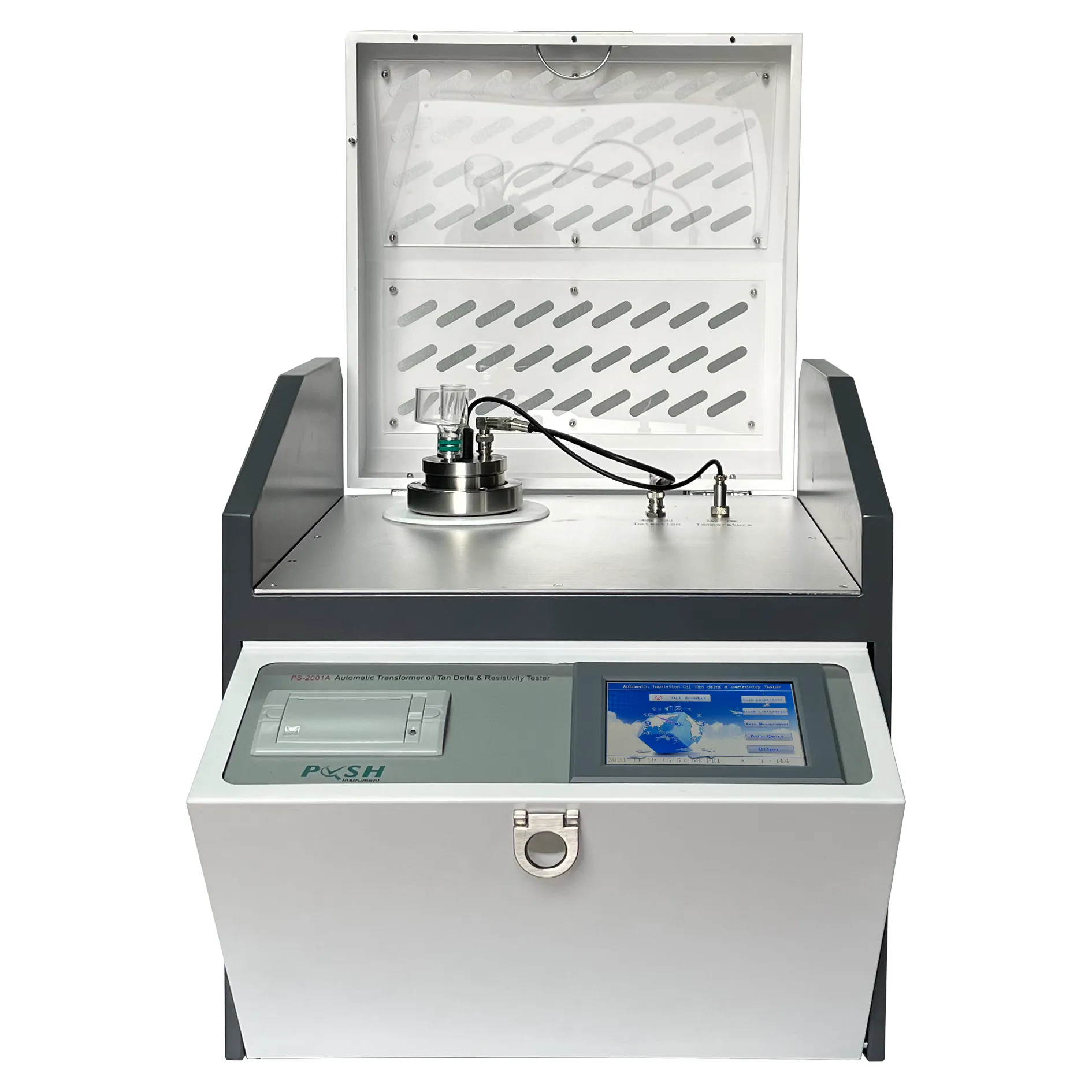 English
English



-
 Afrikaans
Afrikaans -
 Albanian
Albanian -
 Amharic
Amharic -
 Arabic
Arabic -
 Armenian
Armenian -
 Azerbaijani
Azerbaijani -
 Basque
Basque -
 Belarusian
Belarusian -
 Bengali
Bengali -
 Bosnian
Bosnian -
 Bulgarian
Bulgarian -
 Catalan
Catalan -
 Cebuano
Cebuano -
 China
China -
 China (Taiwan)
China (Taiwan) -
 Corsican
Corsican -
 Croatian
Croatian -
 Czech
Czech -
 Danish
Danish -
 Dutch
Dutch -
 English
English -
 Esperanto
Esperanto -
 Estonian
Estonian -
 Finnish
Finnish -
 French
French -
 Frisian
Frisian -
 Galician
Galician -
 Georgian
Georgian -
 German
German -
 Greek
Greek -
 Gujarati
Gujarati -
 Haitian Creole
Haitian Creole -
 hausa
hausa -
 hawaiian
hawaiian -
 Hebrew
Hebrew -
 Hindi
Hindi -
 Miao
Miao -
 Hungarian
Hungarian -
 Icelandic
Icelandic -
 igbo
igbo -
 Indonesian
Indonesian -
 irish
irish -
 Italian
Italian -
 Japanese
Japanese -
 Javanese
Javanese -
 Kannada
Kannada -
 kazakh
kazakh -
 Khmer
Khmer -
 Rwandese
Rwandese -
 Korean
Korean -
 Kurdish
Kurdish -
 Kyrgyz
Kyrgyz -
 Lao
Lao -
 Latin
Latin -
 Latvian
Latvian -
 Lithuanian
Lithuanian -
 Luxembourgish
Luxembourgish -
 Macedonian
Macedonian -
 Malgashi
Malgashi -
 Malay
Malay -
 Malayalam
Malayalam -
 Maltese
Maltese -
 Maori
Maori -
 Marathi
Marathi -
 Mongolian
Mongolian -
 Myanmar
Myanmar -
 Nepali
Nepali -
 Norwegian
Norwegian -
 Norwegian
Norwegian -
 Occitan
Occitan -
 Pashto
Pashto -
 Persian
Persian -
 Polish
Polish -
 Portuguese
Portuguese -
 Punjabi
Punjabi -
 Romanian
Romanian -
 Russian
Russian -
 Samoan
Samoan -
 Scottish Gaelic
Scottish Gaelic -
 Serbian
Serbian -
 Sesotho
Sesotho -
 Shona
Shona -
 Sindhi
Sindhi -
 Sinhala
Sinhala -
 Slovak
Slovak -
 Slovenian
Slovenian -
 Somali
Somali -
 Spanish
Spanish -
 Sundanese
Sundanese -
 Swahili
Swahili -
 Swedish
Swedish -
 Tagalog
Tagalog -
 Tajik
Tajik -
 Tamil
Tamil -
 Tatar
Tatar -
 Telugu
Telugu -
 Thai
Thai -
 Turkish
Turkish -
 Turkmen
Turkmen -
 Ukrainian
Ukrainian -
 Urdu
Urdu -
 Uighur
Uighur -
 Uzbek
Uzbek -
 Vietnamese
Vietnamese -
 Welsh
Welsh -
 Bantu
Bantu -
 Yiddish
Yiddish -
 Yoruba
Yoruba -
 Zulu
Zulu
karl fischer instrument
The Karl Fischer Titration An Essential Tool for Moisture Analysis
The determination of moisture content is a crucial aspect in various industries, including pharmaceuticals, food and beverage, chemical manufacturing, and more. One of the most accurate and widely used methods for measuring moisture is the Karl Fischer titration. This technique, originally developed by the German chemist Karl Fischer in 1935, has become an industry standard due to its reliability and precision.
Principle of Karl Fischer Titration
The Karl Fischer titration operates on a unique chemical reaction principle. It is based on the reaction of water with iodine in the presence of an electrolyte. The typical reaction can be summarized as follows
\[ \text{H}_2\text{O} + \text{I}_2 + \text{SO}_2 + \text{RNH}_2 \rightarrow \text{2RI} + \text{H}_2\text{SO}_4 \]
In this equation, water is reacted with iodine (I2) and sulfur dioxide (SO2), in the presence of a base, typically an amine, resulting in the formation of a sulfonic acid and an organic iodide. As water is consumed in this reaction, the amount of iodine required to maintain the reaction can be precisely measured, allowing for an accurate determination of the moisture content in the sample.
Types of Karl Fischer Titration
There are two main types of Karl Fischer titration volumetric and coulometric.
karl fischer instrument

1. Volumetric Karl Fischer Titration In this method, a known concentration of Karl Fischer reagent is titrated against the sample until the endpoint is reached. This endpoint is usually detected using a potentiometric method, where the potential change indicates that all water has reacted. This method is suitable for samples with relatively higher moisture content.
2. Coulometric Karl Fischer Titration This technique is often used for samples with low moisture content. In coulometric titration, the iodine is generated in situ by electrolysis, and the volume of iodine produced directly corresponds to the amount of water in the sample. This method is extremely sensitive and can detect moisture levels as low as a few parts per million.
Applications of Karl Fischer Titration
Karl Fischer titration is employed across various sectors. In the pharmaceutical industry, it is vital for ensuring that active pharmaceutical ingredients (APIs) meet strict moisture content specifications, as excess moisture can affect stability and efficacy. In the food and beverage sector, moisture content influences taste, texture, and shelf life; thus, it is regularly monitored to ensure product quality. Additionally, in the chemical industry, moisture measurement is essential in the production of various chemical compounds, as water can adversely affect reactions and lead to inferior products.
Advantages of Karl Fischer Titration
The advantages of Karl Fischer titration are numerous. It provides high accuracy and precision, allowing for reliable results even at very low moisture levels. The method is also relatively quick, with results typically obtainable within minutes to hours, depending on the sample and technique used. Lastly, it is highly versatile, applicable to solid, liquid, and gaseous samples.
Conclusion
In summary, the Karl Fischer titration is an indispensable tool for moisture analysis across various industries. Its scientific foundation, coupled with its high accuracy, speed, and versatility, makes it a preferred choice for professionals seeking to ensure product quality and compliance with industry standards. As technology continues to advance, further innovations in Karl Fischer instrumentation promise to enhance its efficiency and applicability, solidifying its role as a cornerstone in analytical chemistry.
-
Ensuring SF₆ Gas Safety: Introducing PUSH’s Integrated SF₆ Analyzer for Dew Point, Purity, and Decomposition MonitoringNewsJul.10,2025
-
Exploring the Main Types of Industrial Endoscopes and Their Applications Across IndustriesNewsJul.04,2025
-
Testing Equipment Industry Sees Major Advancements in 2025: Smart & Precision Technologies Lead the WayNewsJun.06,2025
-
Applications of Direct Current Generators in Renewable Energy SystemsNewsJun.05,2025
-
Hipot Tester Calibration and Accuracy GuidelinesNewsJun.05,2025
-
Digital Circuit Breaker Analyzer Features and BenefitsNewsJun.05,2025



